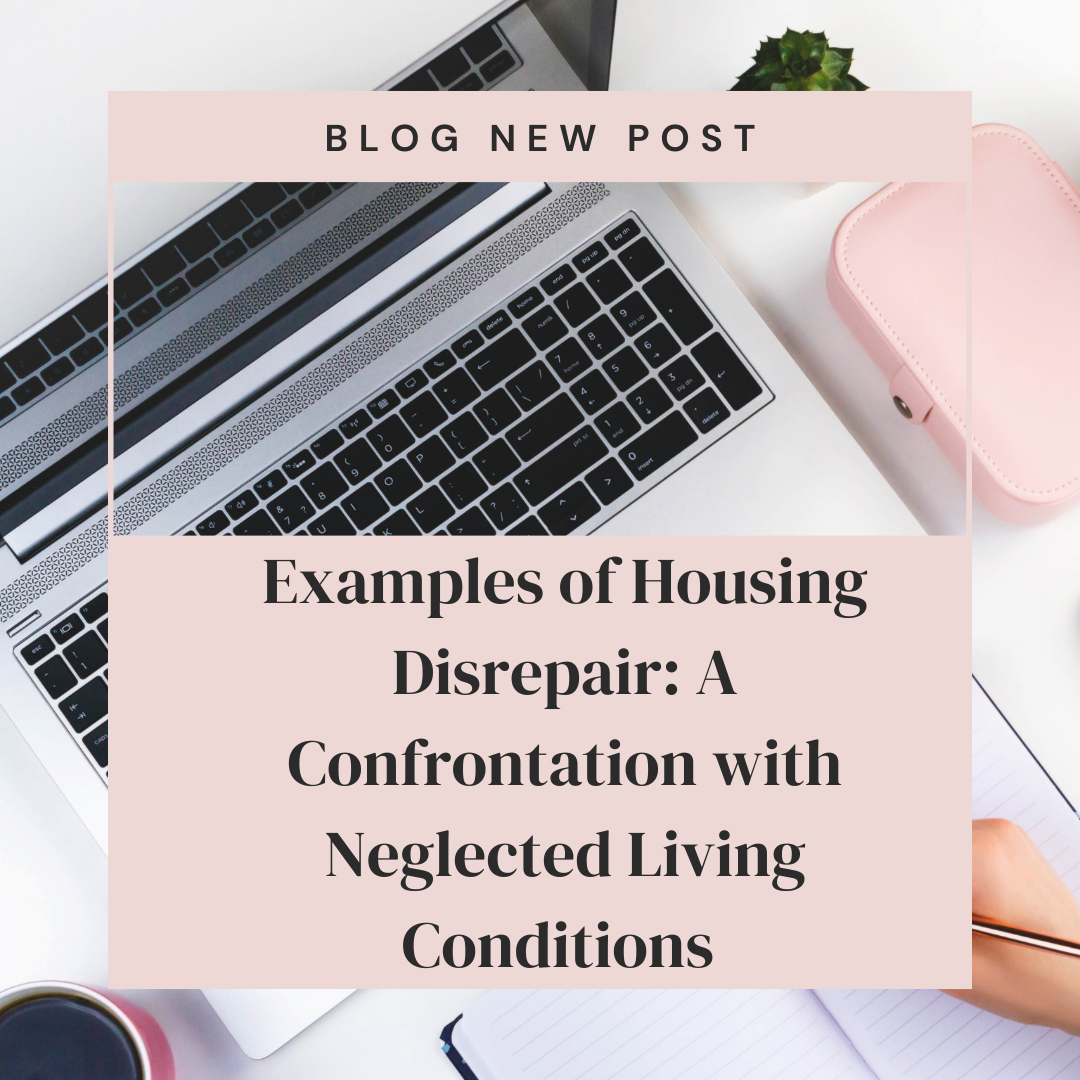Examples of Housing Disrepair: A Confrontation with Neglected Living Conditions
Introduction:
Living in a safe and well-maintained home is a fundamental right that directly impacts our quality of life. Unfortunately, many individuals face the harsh reality of housing disrepair, wherein their residential properties suffer from neglect, deterioration, and inadequate maintenance. This blog post aims to shed light on some distressing examples of housing disrepair that exist worldwide, highlighting the urgent need for action to address this pressing issue.
1. Damp and Mold Infestations:
One common form of housing disrepair is dampness, which results from poor insulation, inadequate ventilation, or water leakages. Such conditions provide a fertile breeding ground for mold, leading to respiratory issues, allergies, and exacerbation of pre-existing medical conditions. Tenants experiencing this menace often endure persistent coughs, nasal congestion, and skin irritations, while their pleas for repairs often go unheard.
2. Faulty Plumbing:
Plumbing problems are prevalent in properties suffering from housing disrepair. Leaking or burst pipes, faulty water heaters, and clogged drains pose serious health hazards and inconvenience for residents. Inadequate access to clean running water, erratic supply, and sewage leaks undermine basic hygiene and dignity, making everyday activities like cooking, bathing, and washing an uphill battle for affected individuals.
3. Structural Instability:
Derelict buildings with structural defects are yet another example of housing disrepair that puts lives at risk. Cracked walls, unstable foundations, and compromised roofs are not simply cosmetic concerns but rather potential threats to personal safety. The fear of a ceiling collapsing or a wall giving way can cause significant mental distress, leaving tenants feeling vulnerable, trapped, and neglected.
4. Heating and Insulation Issues:
Struggling with cold, uncomfortable living conditions due to inadequate or nonexistent heating systems and poor insulation is a harrowing ordeal reported by many. Escalating energy costs and the lack of proper insulation strategies force vulnerable households to choose between effectively heating their homes and risking high utility bills. These unsuitable indoor temperatures can worsen respiratory conditions, particularly among children and the elderly, compromising their overall well-being.
5. Pest Infestation:
Housing disrepair often allows for the flourishing of pests, including rats, cockroaches, bedbugs, and mice. These unwanted roommates are not only unpleasant but also pose significant health risks, contaminating food, spreading diseases, and causing distress to residents. The financial burden of combating such infestations falls heavily on tenants already struggling to maintain an affordable living situation.
Conclusion:
Housing disrepair is a grave issue that not only impacts the physical health and well-being of individuals but also harms their mental and emotional state. Neglected living conditions not only compromise the right to dignified housing but also perpetuate inequality and social injustice. Governments, landlords, and community organizations have a shared responsibility to prioritize and allocate resources towards rectifying these issues and ensuring that everyone has access to safe and habitable housing. By shedding light on these examples of housing disrepair, we hope to encourage further awareness, advocacy, and actions that lead to a positive change for those affected.
Important links
Housing Disrepair Advice: https://housingdisrepairadvice.org/contact
Housing Ombudsman: https://www.housing-ombudsman.org.uk/
